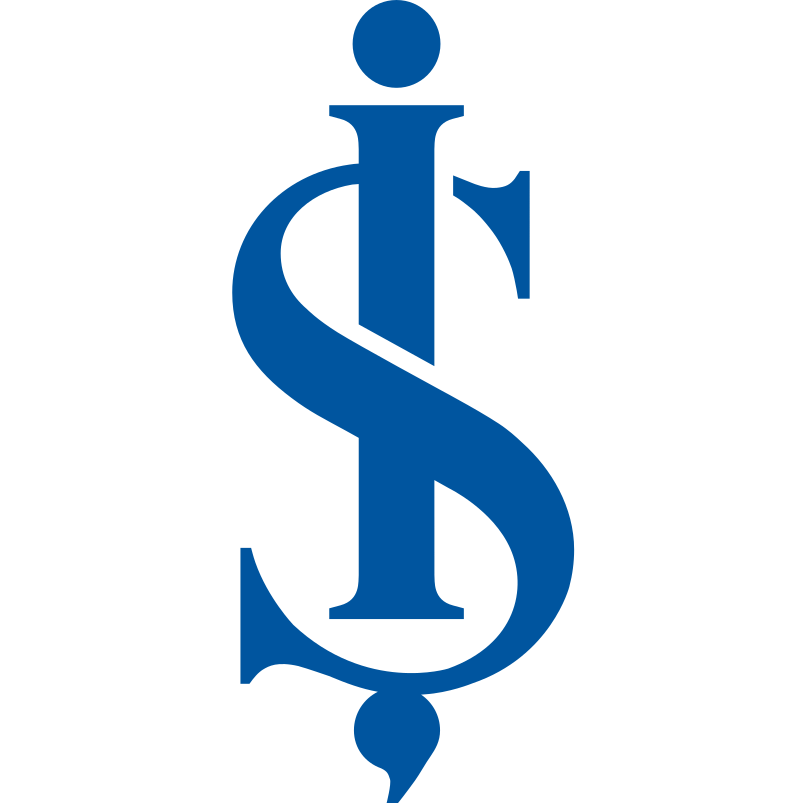
Turkiye Is Bankasi AS
IST:ISCTR.E

Turkiye Is Bankasi AS
Born from the ashes of a nascent republic in 1924, Türkiye İş Bankası A.Ş. stands as an emblem of economic revitalization and progress in Turkey. As the brainchild of Mustafa Kemal Atatürk, the bank was established to spearhead the economic independence of a nation freshly freed from the shackles of foreign dominion. Over the decades, the institution has grown from its humble beginnings into one of Turkey's leading financial powerhouses. It operates a vast network of branches, both domestically and internationally, providing comprehensive financial services ranging from retail and corporate banking to advisory and asset management. This integration allows the bank to tailor a broad array of financial products to meet the varying needs of its diverse clientele, from individuals to large corporations.
Türkiye İş Bankası primarily generates revenue through traditional banking activities, such as interest income from loans, which remains its core economic driver. It lends to individuals and businesses, accumulating interest over time, and subsequently pays interest on its deposits. This interest rate differential, or net interest margin, is crucial to its financial health. Besides, the bank diversifies its revenue streams through fee-based services including transaction processing, foreign exchange transactions, and financial advisory roles. This multifaceted approach not only mitigates risk but also enriches its financial robustness, enabling Türkiye İş Bankası to maintain a resilient position within both domestic and international markets. With a commitment to innovation and an eye on digital transformation, the bank continues to evolve, ensuring it stays ahead in the competitive financial landscape.
















































 You don't have any saved screeners yet
You don't have any saved screeners yet
